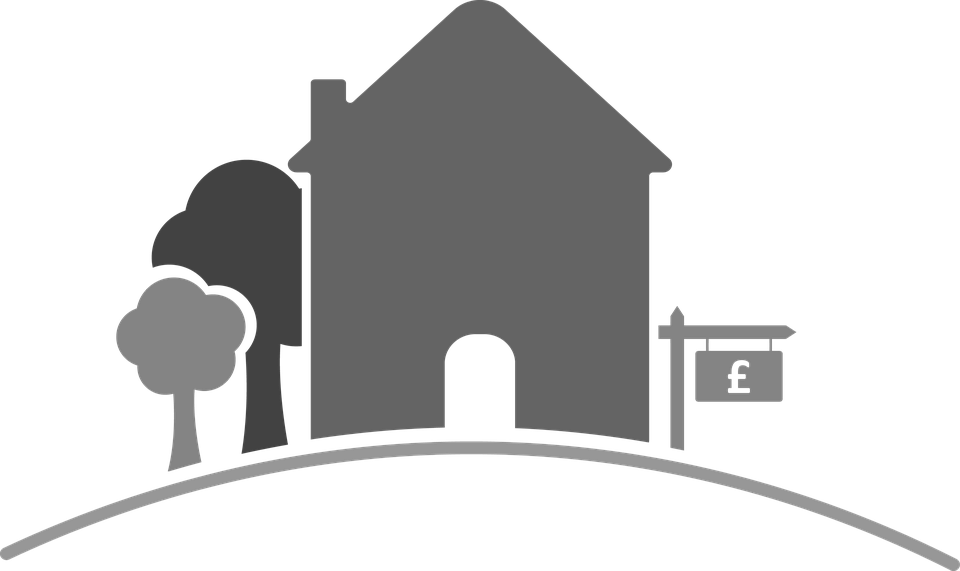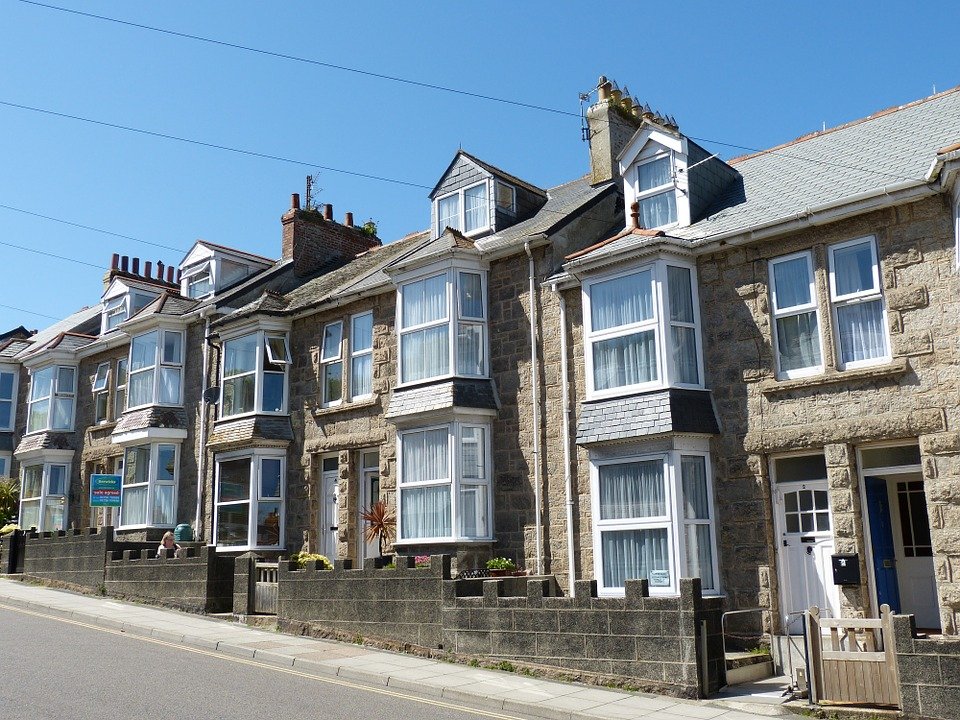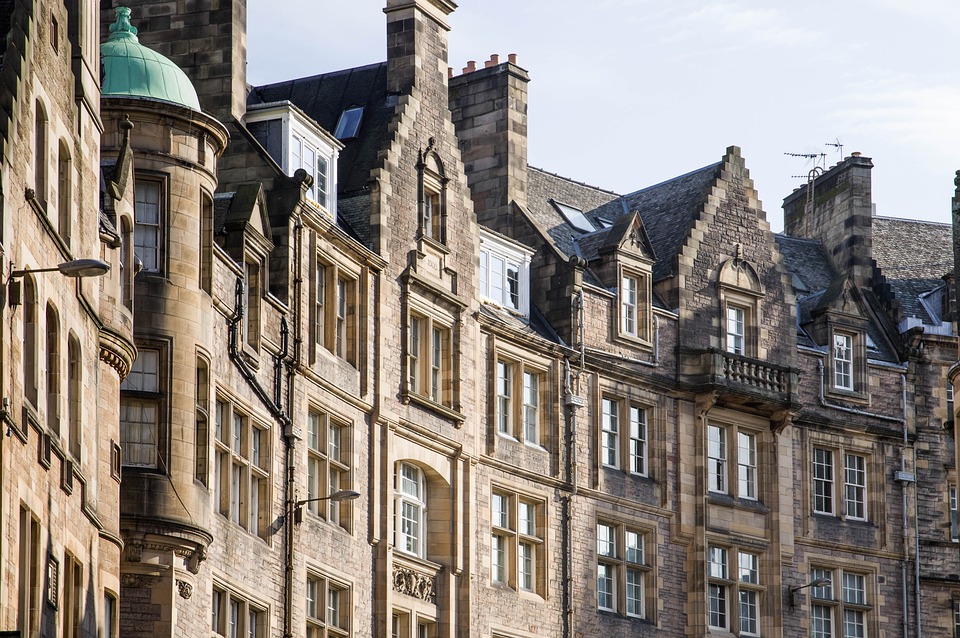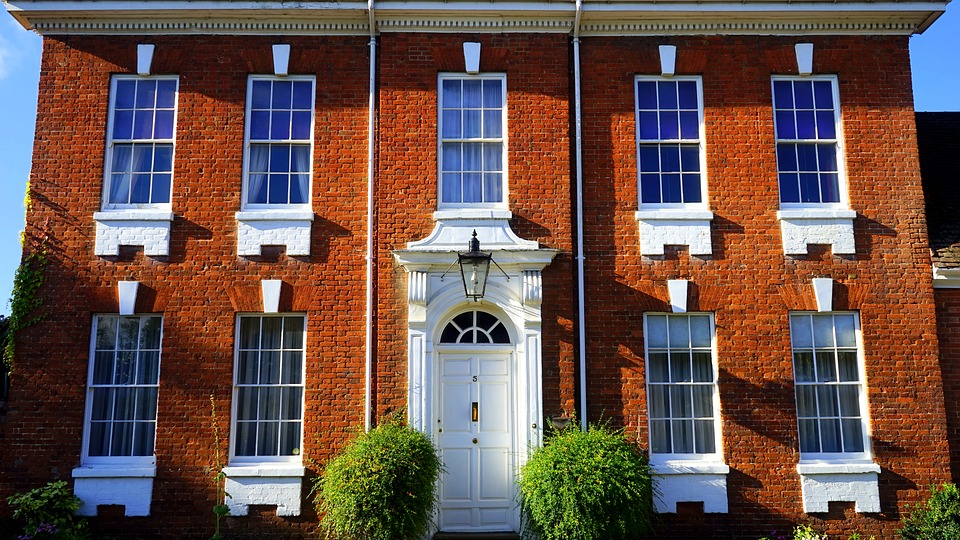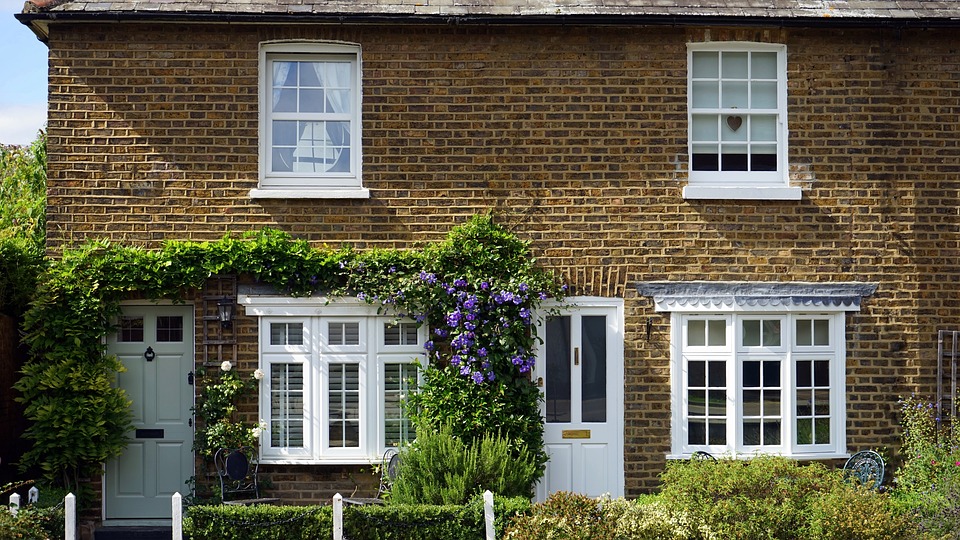Residential transactions in July 2022 totalled 110,970, 32.9% higher than July last year and 7.2% higher than June 2022, according to data from the Office for National Statistics.
This increase comes against a backdrop of economic uncertainty and soaring inflation, but the figures should be treated with caution, given that the stamp duty holiday threshold was reduced on 1 July 2022, resulting in significantly fewer transactions that month, as the ONS estimated that UK residential transactions in July 2022 are generally similar to historic levels observed in July before the pandemic.
Richard Davies, MD of Chestertons, said: “We have seen a clear uplift in the number of viewings and the number of buyers registering with our branches in July. This increase in market activity suggests that, despite economic challenges and the changes to mortgage rules, buyer appetite remains on an upwards trend.”
“One driving factor behind house hunters wanting to move sooner rather than later are interest rates. With the Bank of England putting up rates more than once this year, many buyers have established a stronger sense of urgency. Another reason that drives buyer enquiries is that the market is seeing a post-pandemic reshuffle. After many house hunters put their search on hold or changed priorities over the past two years, we have since been registering enquiries from families wanting to finally make their move a reality as well as international students, international buyers and office workers who require a pied-à-terre closer to work again.”
Lawrence Bowles, director of research at Savills, commented: “Residential transactions rose to 110,970 in July of this year, making it the most active month in 2022 for home sales. This remarkably strong activity is a 7.2% increase on the number of property transactions that took place in June and 6.0% higher than the 201719 average.
“Mortgage interest rates have risen rapidly as the Bank of England has tightened monetary policy over the last few months. With rates continuing to increase, stronger levels of activity in July will in part be reflected by buyers accelerating their buying process to lock in lower costs of mortgage debt.
“The supply of homes onto the market has been below pre-pandemic levels since April 2021, while the number of sales agreed has exceeded the pre-pandemic average since July 2020. That imbalance has depleted the market of stock to buy. Lack of stock and increased affordability pressures on household incomes are expected to substantially ease levels of activity for the remainder of the year.”
Contact us today to speak with a specialist Commercial Finance Broker to discuss how we can assist you.
Jason Tebb, CEO of OnTheMarket, said: “Transaction levels climbed again in July after a dip in June, indicating that while the frenetic pace may have slowed, the housing market continues to show remarkable resilience.
“With the highest level of available stock in July compared with any time during the previous 12 months, we’re seeing the beginning of an inevitable rebalancing of supply and demand.
“Our own data indicates that sentiment remained positive in July with 80% of sellers confident they could complete a sale within three months. Remarkable confidence prevails despite considerable headwinds, with the most prepared buyers having the advantage.”
Nathan Emerson, Propertymark CEO, said: “These figures show the housing market remains stable with transactions up month-on-month, year-on-year and well above pre-pandemic levels.
“The cost of living is still rising and we are seeing evidence of buyers negotiating harder, bringing price increases down. But our data from member agents shows the demand remains strong and that there with not enough stock to go round with the number of new potential buyers seven times higher than new homes coming to the market.”
Iain McKenzie, CEO of The Guild of Property Professionals, said: “The level of activity in the market portrays a picture of strong demand that continues in spite of elevated house price growth.
“A rush to complete in the face of climbing borrowing costs will be partly responsible for this. Buyers can sense that interest rates are only moving in one direction and the landscape for mortgage applicants could look much tighter in 12 months’ time.
“Despite fears that the rising cost of living could affect household budgets, this always takes some time to impact on the housing market. Rates are still relatively low by historic standards, and this will need to change substantially before the market shows signs of a more acute reaction to the cost of living crisis. Transacting on a property is a long-term purchase often built upon decades of borrowing.
“However, we cannot necessarily expect the level of sales to drop back to their long-term average, this is in part due to the possibility of economic pain forcing more people to put their home up for sale in the coming months. That could cause a rise in the number of homes coming to market, while sky-high rents will put a floor under demand for those who can raise a deposit.”
Read about the UK Housing Market via our Specialist Residential & Buy to Let Division
Nick Leeming, chairman of Jackson-Stops, commented: “Parallels between 2022 and 1976 appear to be growing by the day. Not only was 1976 the hottest summer on record until this year, but it was also the last time that inflation reached 18.6% in the UK, something that is touted to happen again in January 2023 following record energy bill rises.
“After a remarkable change of direction in transaction levels last month, the latest figures have been buoyed by the continual backlog of transactions that the market is working through. The market continues to see an inflow of committed buyers and sellers who have a strong sense of urgency for transactions to complete ahead of further interest rate rises. Until the 15th September at least, when the Bank of England meets again to vote on interest rates, the market remains a favourable one for borrowers with a base point of 1.75%
“To better understand where transactions should – and will – be as we move into 2023 is to cast our minds back to 2019. 2020 saw a market that nearly stalled and then 2021 followed with one of the most active and fast-growing markets we’ve ever seen, both therefore could provide inaccurate predictions of where the market could find itself in a years’ time.
“For now, in spite of wider economic challenges, the market remains in agreement that a sudden drop off in house prices and transaction levels is not the current direction of travel. Jackson-Stops latest branch data reflects this buoyancy, increasing property exchanges in July month-on-month by 40%. We’re continuing to see strong activity particularly at the top end and coastal hotspots such as Suffolk and North Yorkshire. Strong demand, committed cash buyers, and a market that continues to encourage borrowing, will all help to keep this ship on course. Parts of the market that may feel a cool breeze are the homes that have been optimistically priced which may make buyers think twice.
“The maze of red tape which has led to significant completion times will mean that sellers looking for a smoother completion should consider the full picture of a prospective buyer; it may not simply be the highest price that is the most appealing, those able to move quickest could clinch the sale.”
Andy Sommerville, Director at Search Acumen, said: “The latest figures show signs of a new normal for property transaction volumes for the immediate future. Although the heat of the post-pandemic property rush has burnt out, we are left with a strong residual market as families grow, downsizers relocate, and employment remains buoyant. This formula has ensured the wheels of the market have kept turning at a steady pace throughout July.
“Despite the cost-of-living crisis set to weigh heavily on consumer finances, the fact that property transactions are levelling out to steadier numbers month-on-month may be indicative of greater supply allowing for more potential buyers to enter the market. As homebuyers race to lock-in better mortgage rates while still available, we might also see a slew of properties come to market as sellers look to take advantage before house prices drop too far. An uptick in supply may not translate to fewer transactions, meaning it is entirely possible to see an extended period of strong transactional activity this autumn despite economic headwinds. These competing dynamics may push and pull the market in different directions and offset each other to some degree. Meanwhile, many caseloads remain victim to stifling backlogs and inefficiencies, keeping conveyancers on their toes.
“All of that translates into a turbulent time for the conveyancing market with law firms needing to drive efficiencies to cope with increasingly complex caseloads and protect themselves against the prospect of a slowing market in the coming months, with inflation rates now predicted by some to go as high as 18%.
“It’s never been more important that conveyancers invest in technological solutions. Once integrated, digital first processes dramatically cut transaction times, drive down the cost base and create a better customer experience, all of which will be pressing concerns for law firm leaders as they look to future proof their companies in an uncertain economy.”
By MARC DA SILVA
Source: Property Industry Eye


